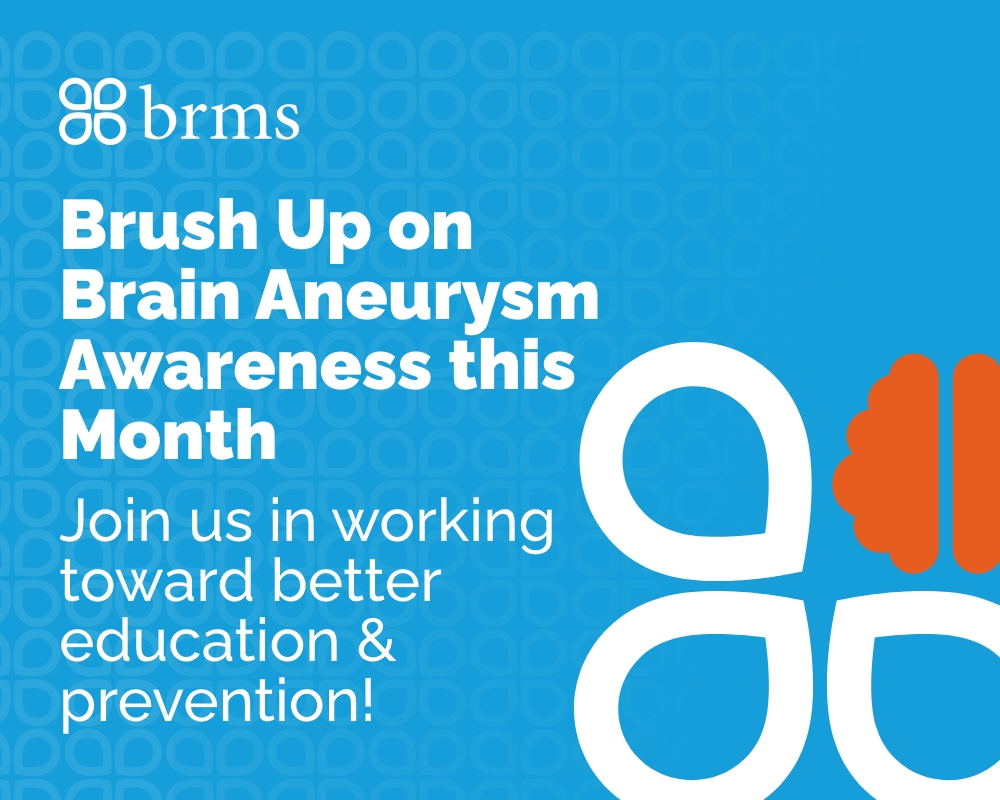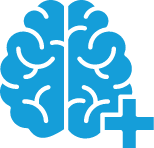

As the command center for your nervous system and the key to your health, your brain works overtime. In turn, it’s important to stay informed on threats to your brain health. You’ve most likely heard of brain aneurysms, but do you know your risk factors and the importance of early screenings? September is National Brain Aneurysm Awareness Month, so there’s no better time to brush up on your knowledge!
Worldwide, around 3.2% of people are affected by unruptured brain aneurysms*. While there’s no known way to fully prevent a brain aneurysm, you can take steps to lower your risk and recognize the symptoms of a rupture. Let’s take a look at some insights into brain aneurysms, as well as some helpful tips to keep your brain healthy and functioning at full power!

Brain Aneurysms by the Numbers
- Around 1 in 50 Americans have an unruptured brain aneurysm.**
- The average age for brain aneurysm ruptures is 50 years.***
- In the United States, around 30,000 people suffer a brain aneurysm rupture each year.**
- Women are more likely to have a brain aneurysm rupture than men.**
- The majority of aneurysms are quite small, around 1/8 inch to an inch.**
- Nearly every 18 minutes, a brain aneurysm ruptures.**
- Brain aneurysm ruptures cause around 500,000 deaths annually.***

7 Steps for Improving Children’s Health
- Keep an Eye on your Blood Pressure
High blood pressure levels can damage the walls of your arteries, which increases your risk of developing a brain aneurysm or suffering a rupture. - Eat a Healthy Diet
High blood pressure, cholesterol, and obesity are all risk factors for brain aneurysms. Eating healthier foods and cutting down on your salt intake is a great place to start. - Lower Your Alcohol Intake
Like your diet, consuming alcohol can affect your blood pressure and cholesterol levels, as well as cause inflammation that weakens your artery walls. - Avoid Smoking and Second-Hand Smoke
Smoking is a major risk factor for brain aneurysms, as both smoking and second-hand smoke can damage your blood vessels and increase the risk of an aneurysm rupture. - Work to Manage Stress
Stress leads to high blood pressure, another major risk factor for brain aneurysms. While avoiding stress entirely is impossible, taking the steps to avoid strong emotional reactions and reduce it goes a long way. - Know the Symptoms
The chances of surviving a brain aneurysm rupture are much higher the earlier you recognize the symptoms and get treatment. Common symptoms include debilitating headaches, sudden sensitivity to light, and sudden neck stiffness. - Talk to Your Doctor
Consult your doctor if you have any family history of aneurysms. If you experience any symptoms, report to them immediately.
As we work to increase education this National Brain Aneurysm Awareness Month, take the time to learn more about your own risk factors and those of your loved ones! Early detection is a key factor in surviving and recovering from a brain aneurysm rupture, so let’s work together to spread awareness and ensure happier, healthier lives!
Looking for more health tips and insights?
Check out our previous blogs!
Additional Sources
* https://www.ncbi.nlm.nih.gov/books/NBK507902/
** https://www.bafound.org/statistics-and-facts/
*** https://www.medicalnewstoday.com/articles/how-common-are-brain-aneurysms
